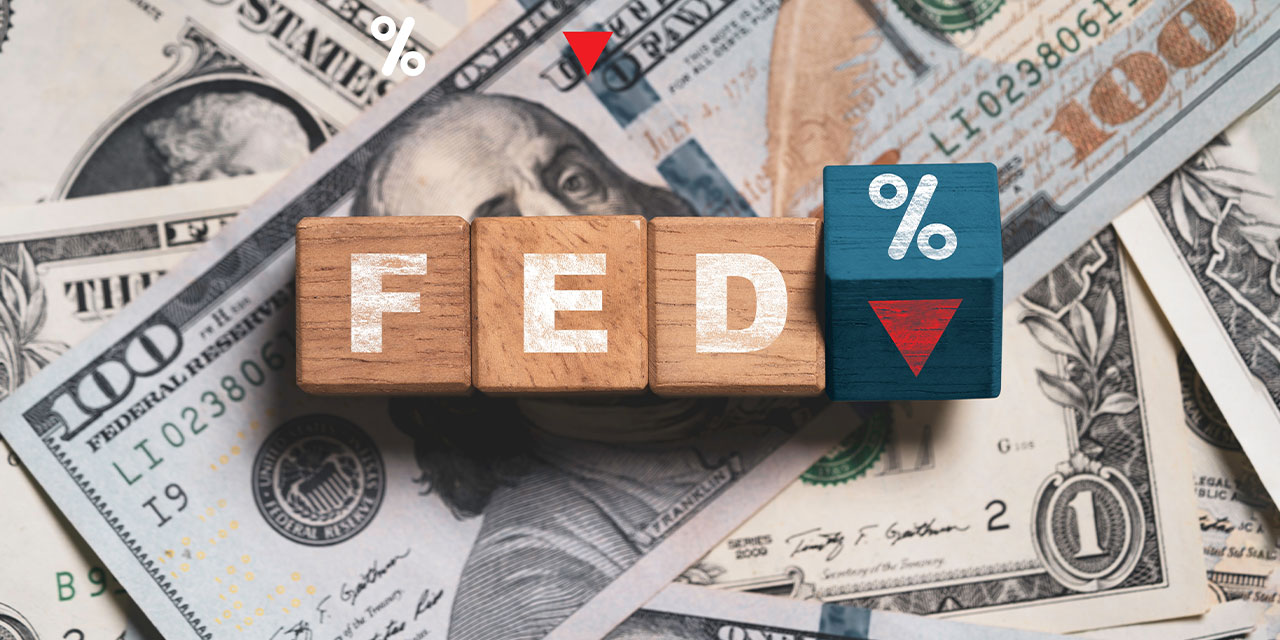By Caroline Grimont
It’s February. Which means two things – one, that dreary January is finally over (on that note, have you seen the Roz Chast’s ‘Cruellest Month’ New Yorker cover that lists out the days, including ‘Ugh,’ ‘Sleet,’ and ‘Flu?’) and two, RRSP (Registered Retirement Savings Plan) season is in full swing.
This year, the deadline for contributing to an RRSP for the 2024 tax year is March 3, 2025, while December 31 of the year you turn 71 years of age is the last day you can contribute to your own RRSP.
So with many people – including me – trying to put money into their RRSPs in the most efficient way so that they can maximize that sweet, sweet refund in April, we thought it would be a good time to pause and ask, is this the right thing to do?
Or should I instead invest my money through a Tax-Free Savings account, or a TFSA – after all, the TFSA is tax-free, right? Plenty of Canadians agree with this sentiment, as evidenced by the continuing popularity of the account.
TFSAs Are Extremely Popular
A recent report found that Canadian TFSA values have hit record highs, sitting at an average account balance of just under $45,000, an increase of 8% over last year. Why does this popularity continue? A report by the Canadian Tax Journal offers a possible answer.
In the report, the authors investigated if the term “tax-free” in the TFSA biased individuals against the RRSP. They found that overall, over three experiments, the results suggest that individuals have a clear preference for a tax-sheltered savings plan with “tax-free” in its name—regardless of the content of accompanying explanatory information.
This is not entirely accurate, though. While yes, the withdrawals from your TFSA may be tax-free, the contributions are not, as you can only park post-tax money in the TFSA. Basically, you’ve already paid the tax, unlike with an RRSP.
Let’s understand the difference between a TFSA and RRSP.
The Differences – and Similarities – Between a TFSA and RRSP
The main difference between an RRSP and a TFSA is how the two accounts are taxed. In an RRSP, taxes are deferred – meaning you’ll get immediate tax relief, but have to pay taxes in the future, which could be to your advantage if your marginal tax rate is likely to be lower at that future time. For a TFSA, the amount you’ve invested is post-tax, so whatever you earn in the account may be withdrawn tax free.
This, and other differences between the two are outlined in this table on the Ontario Securities Commission’s Get Smarter About Money website. The table also lists out two similarities between the two accounts – which are that you can hold multiple types of investments (stocks, bonds, mutual funds, exchange traded funds like HLIF for income, or even cash or a cash-like product such as TBIL) and that you can carry forward unused contribution room.
|
|
RRSP |
TFSA |
|
Need earned income to contribute |
Yes |
No |
|
Tax-deductible contributions |
Yes |
No |
|
Tax-free withdrawals |
No |
Yes |
|
Age limit for making contributions |
Yes |
No |
|
Can contribute to your spouse’s account |
Yes |
No |
|
Hold investments or savings deposits or both |
Yes |
Yes |
|
Can carry forward unused contribution room |
Yes |
Yes |
That aside, one key difference between both these popular accounts is the contribution limits. In the case of the ever-popular TFSA, the annual amount you can contribute is the same for every eligible person. Not so for the RRSP – your contribution limit is unique to you and is determined by your income.
Now that we have addressed the differences, let’s look at three questions:
- When is contributing to an RRSP preferable to a TFSA?
- When is contributing to a TFSA preferable to an RRSP?
- When should an investor consider both?
When is an RRSP Preferable to a TFSA?
There are a few circumstances in which contributing to your RRSP might be better than a TFSA. Here are three benefits:
- You are in a high tax bracket in the current year, and expect that in the future, or in retirement, your tax bracket will be lower. The way the RRSP is structured, you get an immediate tax deduction on contributions into your account but will owe taxes when you withdraw your money. So, if you’re in a high tax bracket now, you can reduce your tax owing in the present day, and can defer those taxes to a time in which your income and tax bracket will be low, such as in retirement.
- You need a lower taxable income. Since your RRSP contributions can help with reducing your taxable income in the present, you could potentially reduce the amount you need to pay in taxes.
- You want to buy a house, or study some more. With the RRSP, you can take advantage of the Home Buyers’ Plan, which allows you to withdraw up to $60,000 from your RRSP to buy or build a qualifying home for yourself or for a specified disabled person, or the Lifelong Learning Plan, which allows you to withdraw up to $10,000 in a calendar year from your RRSPs to finance full-time training or education for you or your spouse or common-law partner. Remember, though, you cannot participate in the Lifelong Learning Plan to finance your children’s training or education, or the training or education of your spouse’s or common-law partner’s children.
In short, if you want to make the most out of the tax advantage an RRSP offers, it makes sense to consider funding that account first. But what if you want the most tax-free growth? That’s where the TFSA comes in.
When is a TFSA Preferable to an RRSP?
We discussed where an RRSP makes the most sense, and now, on the flip side, there are some situations in which it might be preferable to consider contributing to a TFSA over an RRSP. Here are a couple.
- You’re in a low tax bracket. One of the benefits of an RRSP is that you get a tax deduction on contributions. If you’re already in a low tax bracket, it might not make a huge difference to your tax situation if you contribute to your RRSP. In such circumstances, it might make sense to fund your TFSA first, where your post-tax dollars can gain tax-free returns and growth.
- You need to access your money quickly, and without obligations. As money in a TFSA can be withdrawn anytime with no tax implications, if you need to access your funds in a fixed timeline, it could make more sense to park your money in a TFSA. Remember though, a TFSA is the one account in which no matter how much growth you see, all of it is tax free. Investing funds in a TFSA wisely has led multiple people to million dollar TFSAs, and even this $3 million TFSA. It might not be the wisest move to let your TFSA funds sit in cash. However, that is a personal preference. Many people use the TFSA as a place to store their emergency funds.
In short, if you are in a low tax bracket, and want to earn tax free returns, a TFSA might make the most sense. But there is one additional thing to consider.
When to Have Both a TFSA and an RRSP?
One of my colleagues asked me which of the two I prefer – my RRSP, or my TFSA. And I told them that I have both. I’ll tell you why later, but first, here are a few circumstances in which having both accounts makes sense:
- You have enough income and want the maximum tax-advantage in your savings. RRSP contributions can lower your tax bill in the present, and TFSA contributions ensure your investment grows with no tax liability. Using both accounts, if you have the income to do so, can give you flexibility in saving for both long-term goals such as retirement, and shorter-term goals.
- You have enough contribution room. Remember that both RRSPs and TFSA’s have annual contribution limits. In the case of RRSPs, the limit depends on your income. In the case of TFSAs, every eligible person has the same limit. The TFSA limit for 2025 is $7,000 but depending on eligibility, you might have up to $95,000 of contribution room.
What do I do? I use my RRSP to plan for retirement – you can find out more about planning for income in retirement here – and I use my TFSA to invest in ETFs that I think have both growth and income potential.
Remember though, you and your situation are unique. Before making any decision around investing, retirement, or taxes, you should consult with a professional who can help you understand your risk appetite, and your risk tolerance, and give you advice that is tailor made for your situation. After all, no one knows your circumstances better than you!
Disclaimer
Commissions, management fees and expenses all may be associated with investing in Harvest Exchange Traded Funds (managed by Harvest Portfolios Group Inc.) Please read the relevant prospectus before investing. This article is meant to provide general information for educational purposes. Any security or investment mentioned herein is for illustration purposes and should not be taken as an invitation to purchase or sell such security or investment. The content of this article should not be construed as investment advice. Tax, investment and all other decisions should be made with guidance from a qualified professional.











